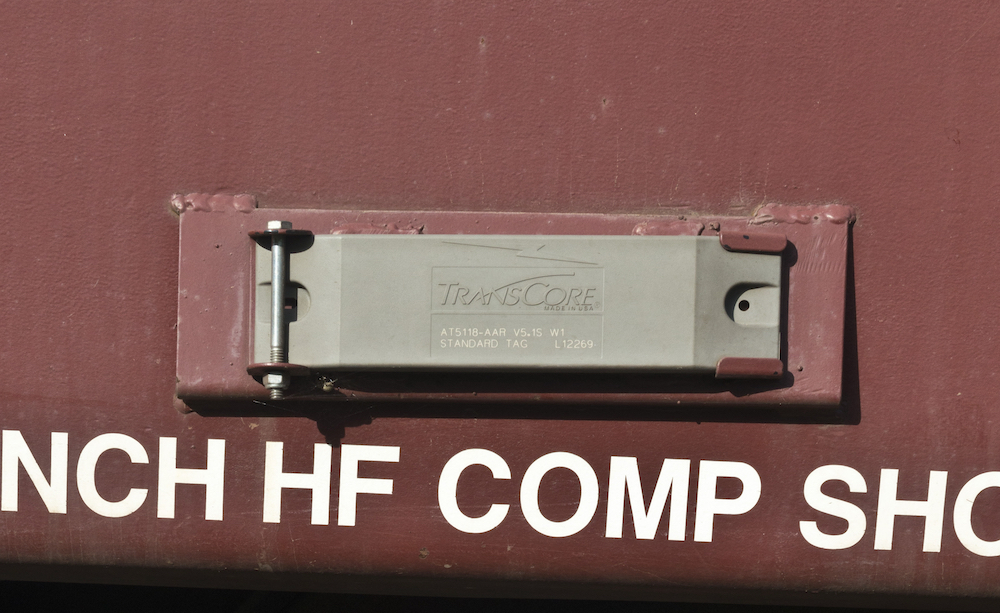
AEI data tags and readers enable rail cars to be tracked as they move across the North American rail system. The AEI (Automatic Equipment Identification) system consists of passive tags mounted on each side of rolling stock and active trackside readers. The system uses radio frequency and replaces an unsuccessful older optically-based car tracking system […]
Read More…
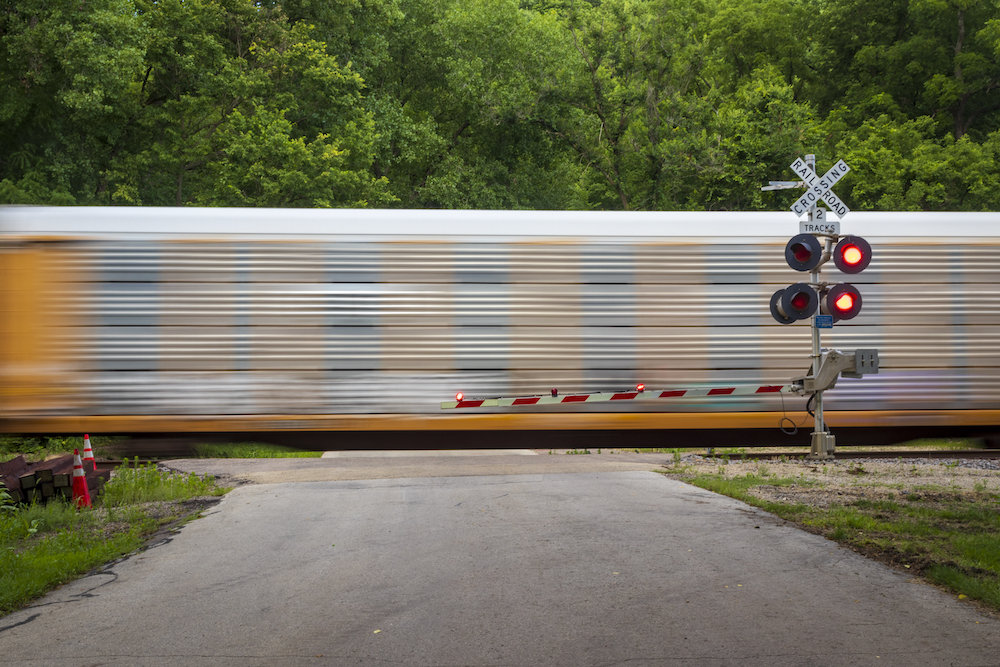
Grade crossing installations take many forms but nearly always include the railroad symbol most familiar to the public — the highway/railroad grade crossing warning sign. Crossbuck is the correct term for the X-shaped sign located just before a road reaches railroad tracks. These signs read RAILROAD CROSSING in the U.S. and are lettered with similar words, […]
Read More…
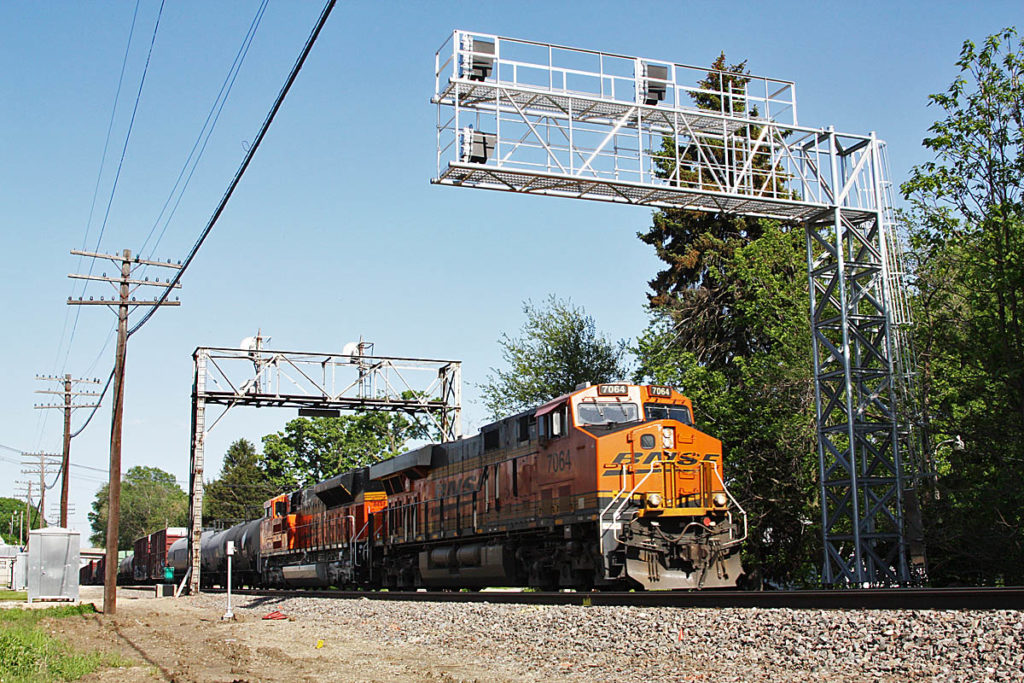
Basic railroad signal terminology Here is a glossary of railroad signal terminology. Signals are used for protection and control of train traffic. However, there is no national standard or system, so signals used by individual railroads may vary. Glossary of railroad signal terminology Absolute signal: A signal whose “stop” indication means “stop and stay.” Usually […]
Read More…
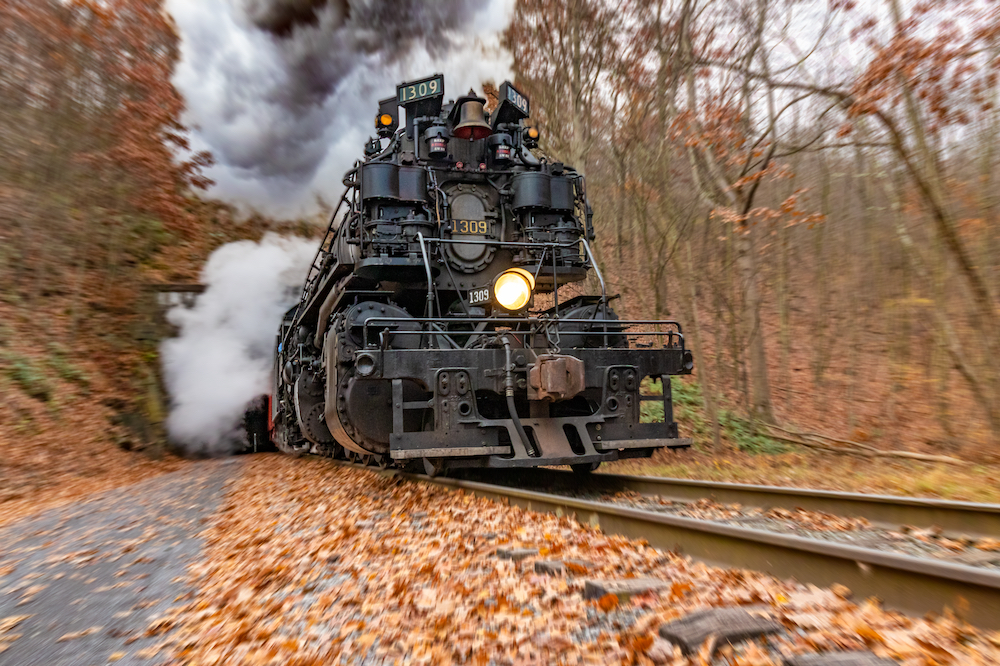
Unlike modern machines, the steam locomotive — which underwent few fundamental changes in 125 years of development — openly displays many of its parts. This mechanical honesty has long captivated onlookers and invited study, but many still wonder just how steam locomotives work. In fact, entire books have been devoted to the subject. There are […]
Read More…
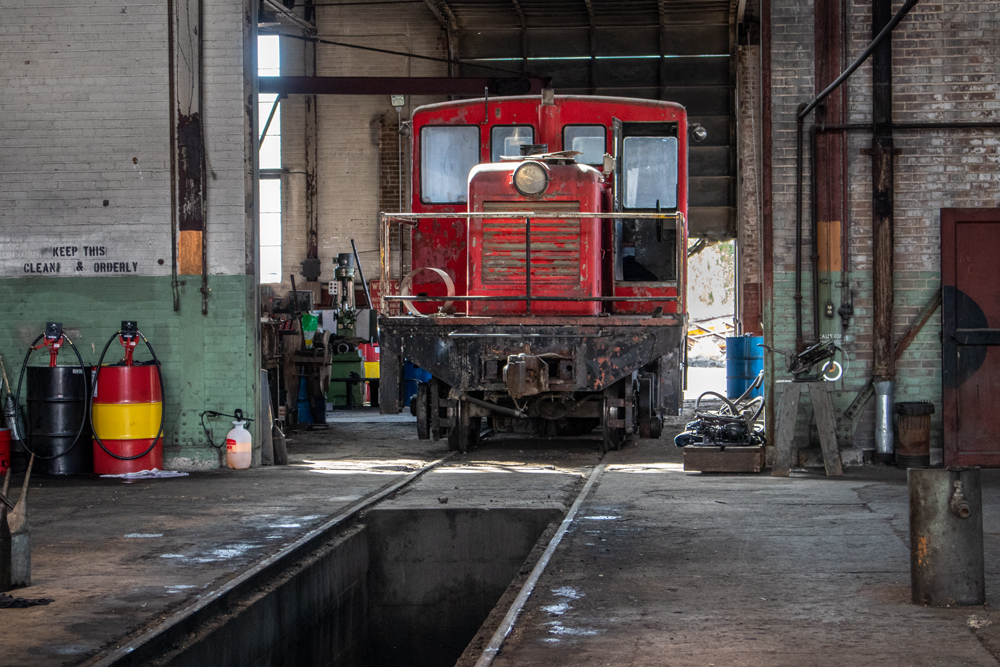
Critters in the enginehouse: There’s a pecking order that governs North American diesel locomotives. At the top of the order are the big high-horsepower locomotives produced by General Electric and Electro-Motive Division. These are followed by medium-horsepower units such as GE’s 2,300 hp Super 7 Series and Republic Locomotive‘s 2,000-hp RD20. Next are medium- and […]
Read More…
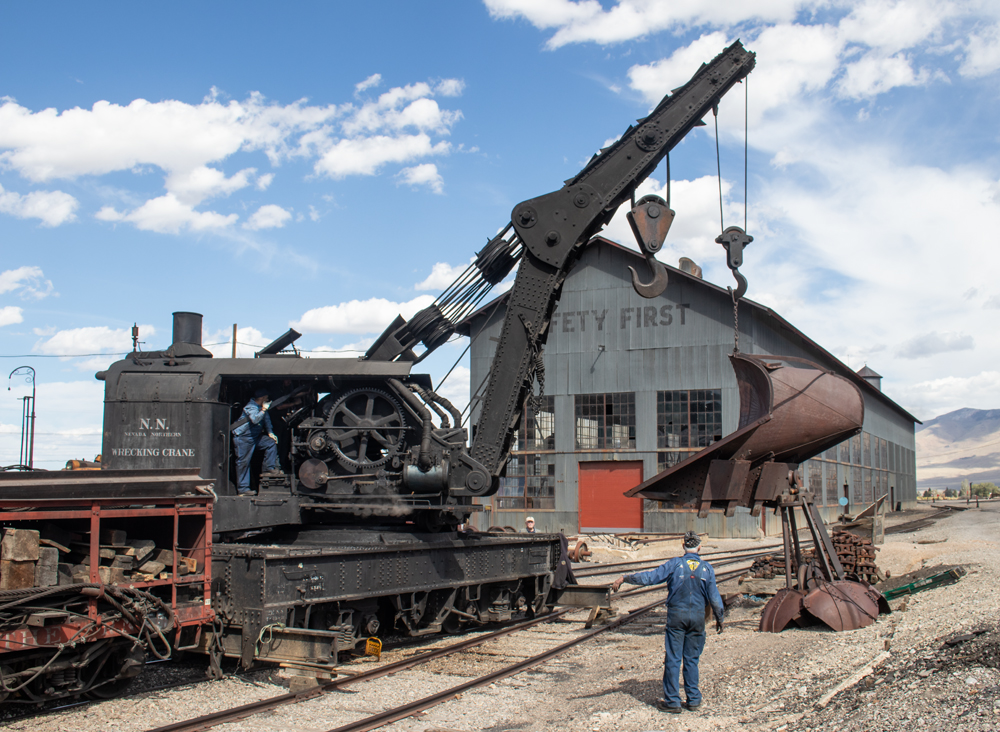
Wrecking derricks were once the kings of maintenance-of-way equipment, used mainly to move derailed rolling stock but also for such other heavy-lifting duties as bridge replacements. Today, when a derailment needs to be cleaned up, the work is often done by private contractors using bulldozer-like machines delivered to the wreck site by highway. But fifty […]
Read More…
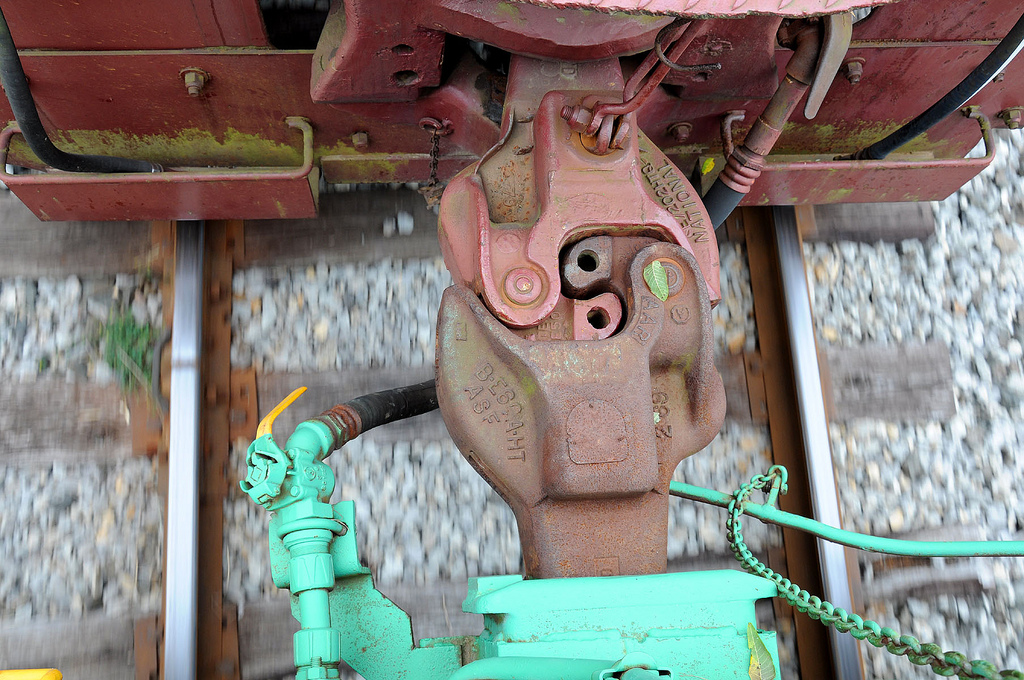
The next time you watch a quartet of six-motor diesels go grinding past with an 11,000-ton unit coal train, consider that all that horsepower is being transmitted through the train by a mere 11-inch-high chunk of steel at the end of each car. This simple little device – the “knuckle” – is the key part […]
Read More…
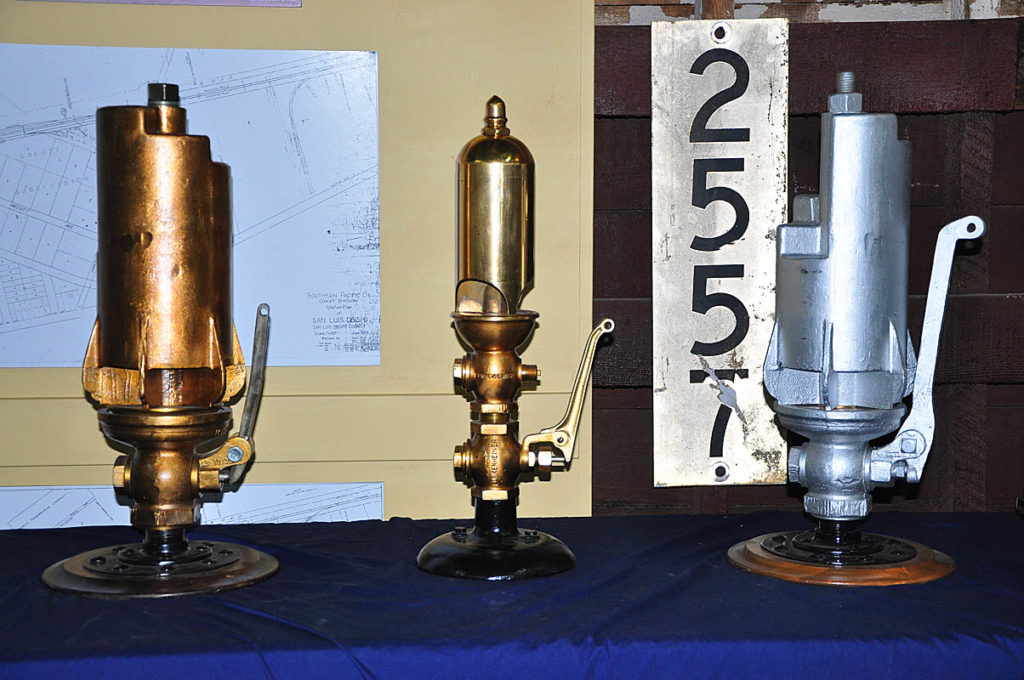
Before radio communication came into wide use in the 1960s, a locomotive’s whistle was an important tool in conveying information to other employees, both on and off the train, and many signals were on the books. The General Code Of Operating Rules, used by many railroads, contains the following list of whistle signals and their […]
Read More…
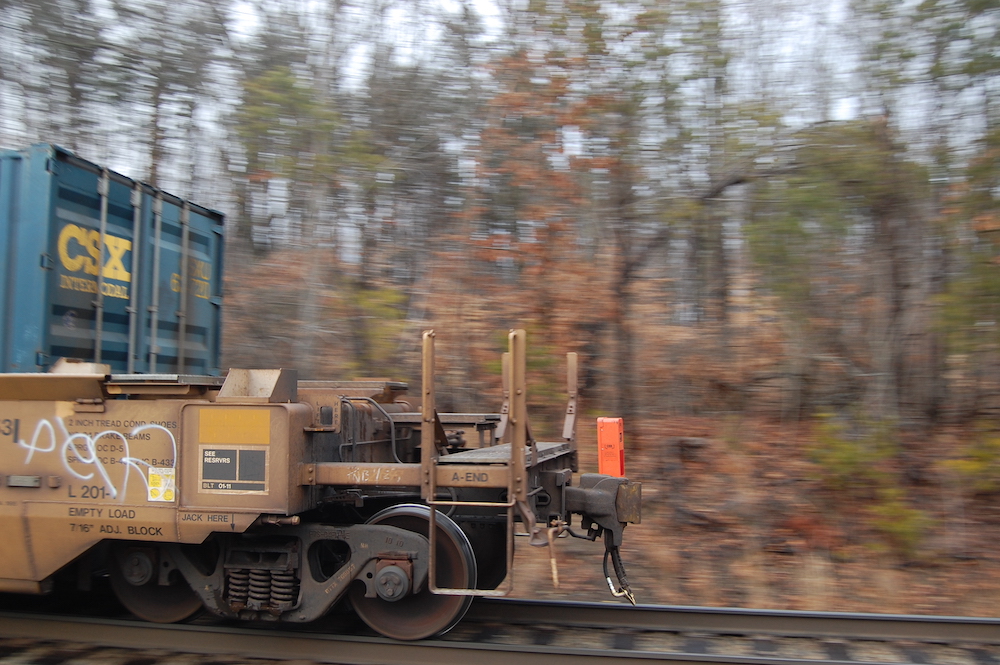
End-of-train devices replaced cabooses that, not so long ago, train watchers almost everywhere could count on as a final point of interest at the end of each freight train. The distinctive little cars housed crew members who would observe the cars ahead for defects, process the train’s paperwork, operate track switches, monitor the air-brake system […]
Read More…
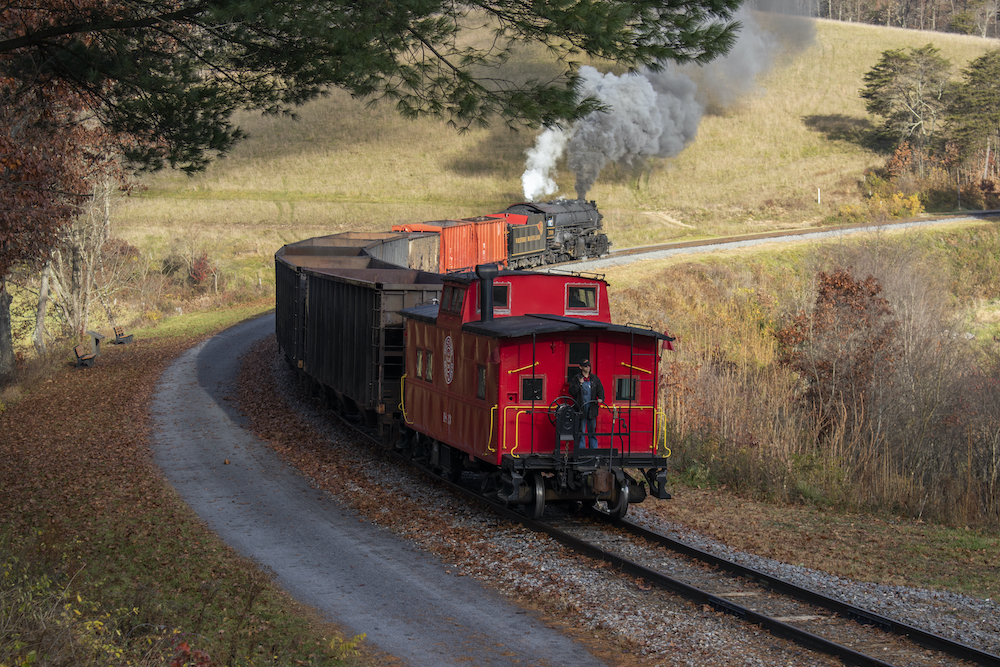
Given a choice, railroads will always follow a straight, level path. Trains use less energy, speeds are higher, and there’s less wear on equipment when railroads can build on an arrow-straight line. But land rises and falls, obstacles must be avoided, and this requires grades to compensate for changes in elevation and curves to reorient […]
Read More…
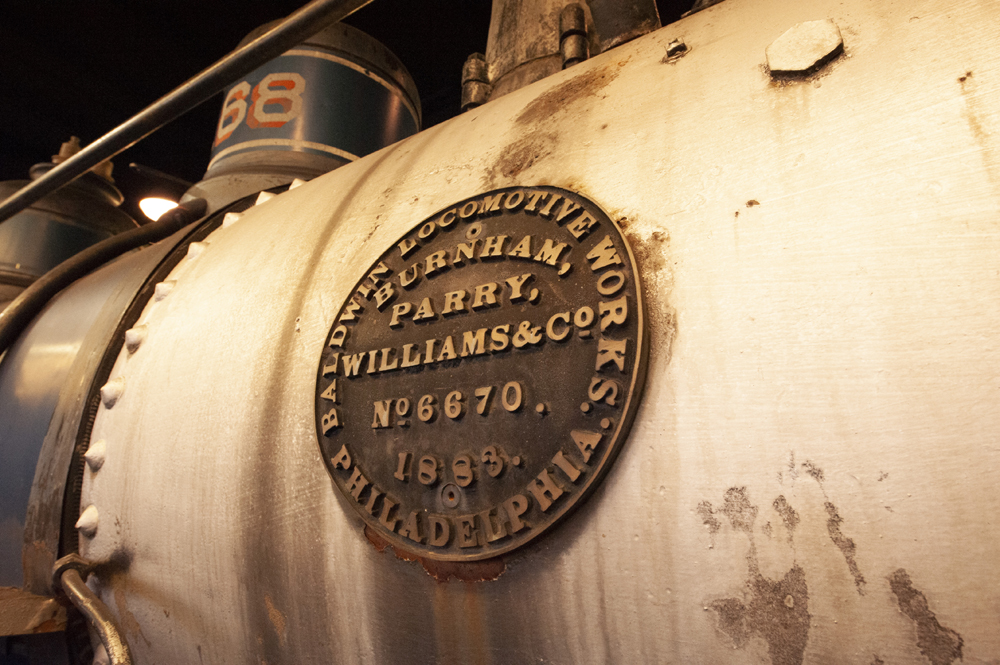
Builder’s plate Imagine walking around all of your life with your birth certificate attached to your forehead. Anyone could walk up to you and in one glance (assuming they understood your birth certificate’s cryptic codes) ascertain your age, lineage, weight, maybe how many legs you should have, and possibly how much work you can do. […]
Read More…
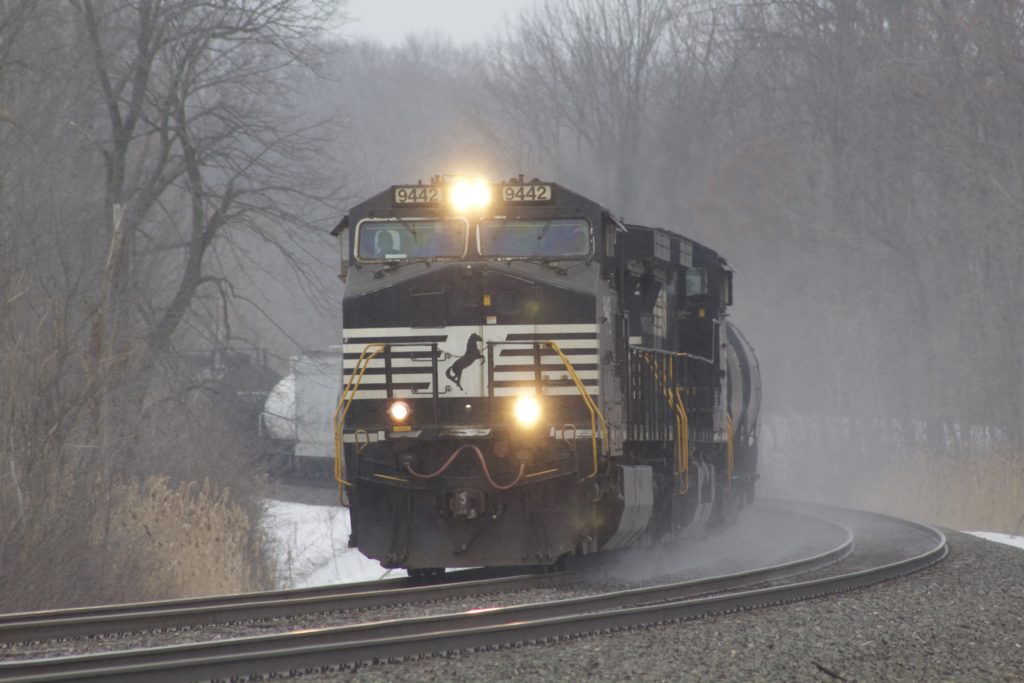
A Norfolk Southern train storms eastward through Otis, Indiana. Trains staff Read more Norfolk Southern articles on Trains‘ website. Norfolk Southern summary Norfolk Southern Corporation is a railroad holding company incorporated in Virginia. The company’s corporate headquarters are in Norfolk, Virginia. Operations headquarters are located in Atlanta, Georgia. Norfolk Southern Railway Company (NS), a large […]
Read More…












